Description
In the demanding realm of industrial automation, where legacy controllers must juggle high-speed discrete I/O, analog monitoring, and network communications without buckling under vibration, EMI, or expansion pressures, engineers frequently encounter the pitfalls of rigid architectures that stifle scalability and amplify integration costs. Think of a wind turbine nacelle, where variable pitch controls demand instantaneous feedback from encoders and limit switches—any latency in signal processing could misalign blades, spiking loads that cascade into gearbox strains or unplanned halts, eroding the efficiency gains your renewable investments promise. Or consider a discrete assembly line in automotive manufacturing, riddled with solenoid banks and sensor arrays, where mismatched I/O densities lead to cabinet sprawl or protocol mismatches, inflating wiring runs and debug cycles in process control setups where cycle times are measured in milliseconds. These challenges aren’t relics of outdated designs; they’re the ongoing hurdles in high-reliability environments, where modular controllers need to blend robustness with flexibility to sustain the tight loops that drive throughput and compliance without constant overhauls.
This is the arena the ABB 07KT98 GJR5253100R4278 commands as a programmable logic controller (PLC) unit in ABB’s Advant Controller 31 series, optimized for distributed control in legacy and hybrid DCS architectures. It addresses the engineer’s focus on versatile signal handling and system coordination, packing 24 digital inputs, 16 digital outputs, 8 discrete channels, 8 analog inputs, and 4 analog outputs into a compact footprint, all powered by a 24 V DC supply for seamless field tying. In scenarios like remote SCADA outposts or batch sequencing in chemical plants, the ABB 07KT98 GJR5253100R4278 becomes a workhorse, its 1MB program memory and WINDTEC firmware enabling ladder logic or function block execution at up to 50 kHz, while dual RS232 ports and ETH-CAN bus support Modbus or Profibus for upstream handshakes that prevent data silos. Its DIN-rail mount and CS31 bus compatibility sidestep the retrofit rigors of point-to-point wiring, ensuring I/O signals in process control remain crisp and extensible, minimizing the engineering drag of custom expansions.
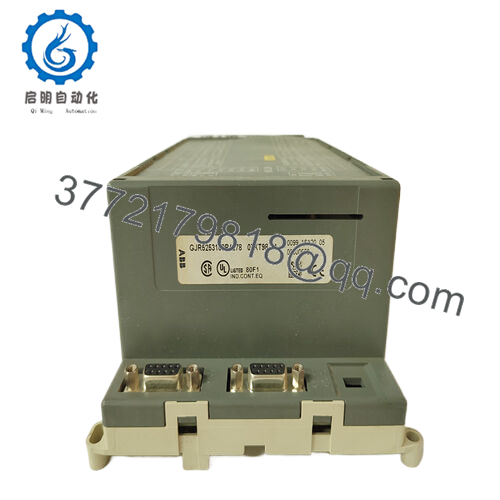
- 07KT98 GJR5253100R4278
- 07KT98 GJR5253100R4278
The ABB 07KT98 GJR5253100R4278 earns its stripes in industrial automation through its no-nonsense expandability—it’s the PLC that grows with your grit, supporting hot-swappable modules for redundancy without full-system reboots, letting you layer in high-speed counters or PID loops incrementally. For teams sustaining Advant OCS footprints amid migrations to 800xA, it bridges the gap from serial relics to Ethernet overlays, curbing the opacity of mixed-protocol chains. In short, it equips process control that’s resilient and responsive, taming the variances that vex uptime and bolstering the high reliability your production paces and safety dossiers demand.
The ABB 07KT98 GJR5253100R4278 functions as the nerve center in your Advant 31 stack, snapping onto CS31 backplanes to orchestrate field signals through its integrated I/O slate—digital inputs debounce 24 V DC states from proximity sensors, while analog channels condition 4-20 mA from transmitters, multiplexing them via the internal bus to the CPU for real-time scanning at 1ms cycles. It interacts fluidly with peripherals like expansion racks or HMI panels, where ETH-CAN ports propagate commands over 1 km segments, supporting Profibus DP for distributed drops or Modbus RTU for legacy PLC ties. In a full deployment, it mounts in IP20 cabinets alongside power supplies, its WINDTEC OS embedding diagnostics like I/O health or memory checksums that surface via front LEDs or serial polls to SCADA for at-a-glance triage.
What makes it mesh in real architectures is its protocol agility: configure via ABB’s Control Builder for hybrid networks, and it’s auto-bauding RS232 links for printer dumps, with galvanic isolation buffering against ground loops in noisy bays. Redundancy options include duplex CPU mirroring for failover under 50 ms, and its 50 kHz output frequency suits pulse trains for stepper drives. Positioned at the mid-tier—above raw I/O but below supervisory layers—the ABB 07KT98 GJR5253100R4278 excels in edge computing roles, offloading sequences from central hosts to keep latency low in remote wind monitors or conveyor zones. For mixed environments blending Advant with modern Ethernet, its CANopen extensions minimize gateways, letting you tune loops rather than chase compatibility quirks.
| Specification | Details |
|---|---|
| Model Number | 07KT98 GJR5253100R4278 |
| Brand | ABB |
| Type | Programmable Logic Controller (PLC) Unit |
| Input Voltage | 24 V DC |
| Operating Temp Range | -20°C to +60°C |
| Mounting Style | DIN Rail / CS31 Backplane |
| Dimensions | 125 x 100 x 85 mm |
| Weight | 0.6 kg |
| Interface/Bus | ETH-CAN, RS232 x2, CS31 |
| Compliance | CE, RoHS, IEC 61131 |
| Supported Protocols | Modbus RTU, Profibus DP, CANopen |
| Typical Power Draw | 8 W |
Opting for the ABB 07KT98 GJR5253100R4278 means embedding a reliability core engineered for the grind of legacy-modern hybrids, where its isolated I/O and watchdog timers hold states steady through power glitches or EMI pulses, delivering performance consistency that locks sequences and curbs the false edges that fragment flows. In turbine controls battered by gusts, this translates to operators who trust their interlocks without the overhang of validation scrambles—directly trimming the event counts your MTBF metrics magnify, with fewer cascade stops that shadow shift yields.
Integration unfolds with practical poise, slashing engineering overhead by one-scan bindings in Control Builder—add a remote rack, and it’s polling points in minutes, while CAN diagnostics distill bus loads to HMI graphs, not guesswork grids. Engineered for enduring duty in dusty or damp plants, the ABB 07KT98 GJR5253100R4278 ensures long-term performance through self-resetting fuses that flag overloads early, morphing reactive repairs into scheduled scans that extend MTTR. For scalability, its slot-based growth means evolving from 100 to 500 points feels additive, not adversarial, fostering a control fabric that aligns with your ambitions while holding costs in check.
In wind energy parks, the ABB 07KT98 GJR5253100R4278 sequences yaw actuators via digital outputs, sampling analog wind vanes for blade pitch tweaks amid torque transients—its fast scan rates ensure alignment fidelity, upholding critical system uptime in process control environments where desyncs dent dispatch revenues. Automotive paint booths deploy it for spray gun interlocks, its discrete channels confirming door states before solvent flows; here, high reliability counters vapor volatility, enabling precise recipes that meet color specs without safety stalls.
Pharmaceutical tablet presses round out its reach, where the module tallies punch counts through high-speed inputs, integrating analog load cells for force profiling—the PLC’s CAN backbone feeds SCADA for batch oversight, bolstering continuous uptime in cleanroom process control setups that demand unerring traceability.
07KT97 GJR5253000R4277 – Compact variant with reduced I/O for space-constrained edge nodes.
07LE90 GJR5253200R4160 – Power supply companion for stable 24 V DC feeding in Advant racks.
07AC91 GJR5253400R0001 – Analog expansion module for denser 4-20 mA channel arrays.
07DI92 GJR5253600R0001 – Digital input add-on for high-density 24 V DC sensing extensions.
07DO93 GJR5253700R0001 – Digital output extender, suited for relay or solenoid drives in sequences.
WY98 GJR5253800R0001 – LCD display module for local HMI tie-ins with the 07KT98 core.
GJR5253100R3162 – Legacy revision for phased upgrades in older Advant OCS footprints.
Before racking the ABB 07KT98 GJR5253100R4278, confirm CS31 bus continuity with a multimeter—open segments over 1 ohm can stall scans, so reference ABB’s topology guides and terminate ends properly. Allocate enclosure ventilation too; its heat sinks need 25mm gaps in stacked DIN arrays, especially if ambient edges 55°C—a simple airflow tally against your cabinet’s CFM will flag risks. Firmware readiness is key: download the WINDTEC-compatible build from ABB’s legacy portal, match to your network revision, and bench-run a logic sim to validate I/O mappings before field commits.
Once live, maintenance adopts a proactive pulse over panic pulls. Bi-monthly LED patrols for bus status—solid green for sync, blinking red for memory faults—cue a quick config reload if anomalies arise. Quarterly, inspect terminals for torque at 0.5 Nm to counter vibration creep, and log a full scan dump via RS232 to baseline cycle times. In grimy sites, a non-conductive wipe of ports every six months preserves seals, while an annual deep diagnostic—emulating faults through Control Builder—helps trend drifts like analog offset before they skew loops. These routines, drawn from the unit’s innate reporting, keep your industrial automation steady, turning potential pitfalls into polished performance.

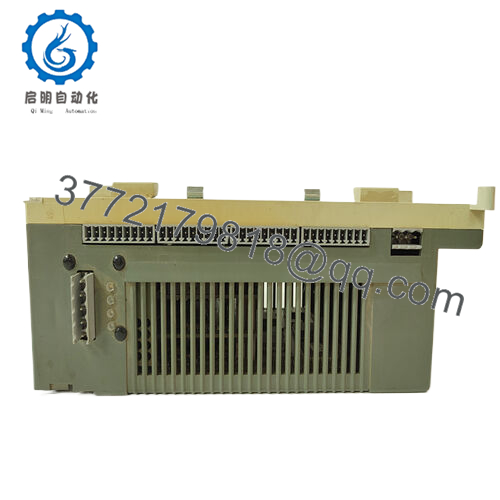
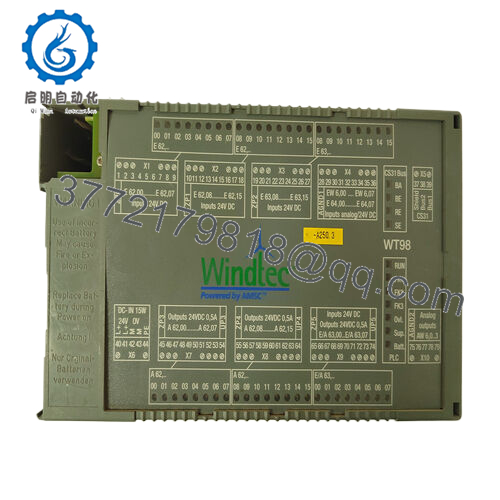
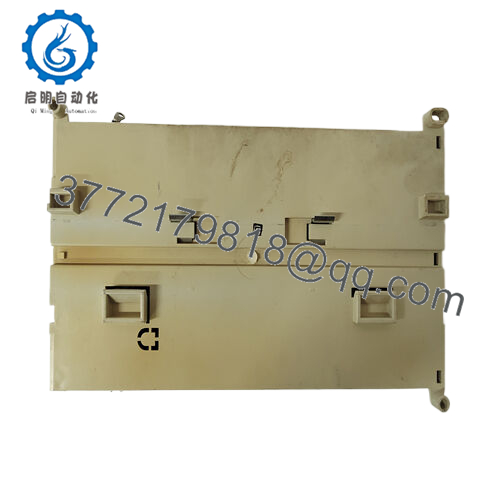
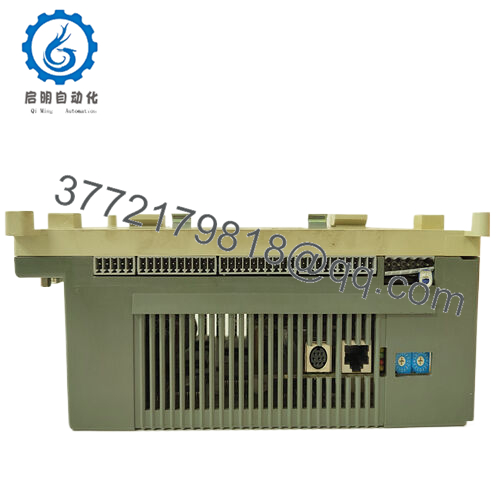
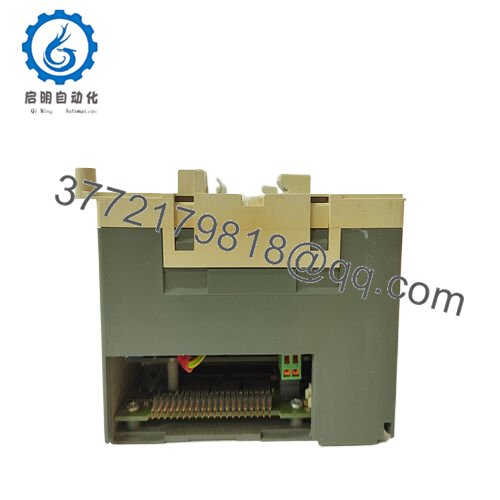
 WhatsApp: +86 16626708626
WhatsApp: +86 16626708626 Email:
Email:  Phone: +86 16626708626
Phone: +86 16626708626


